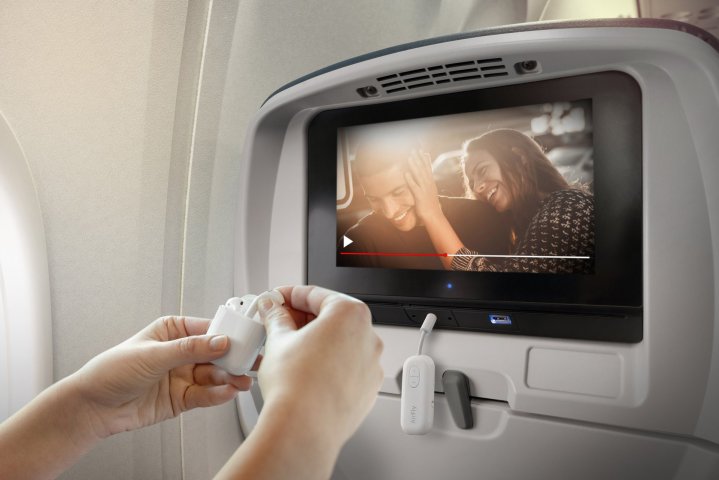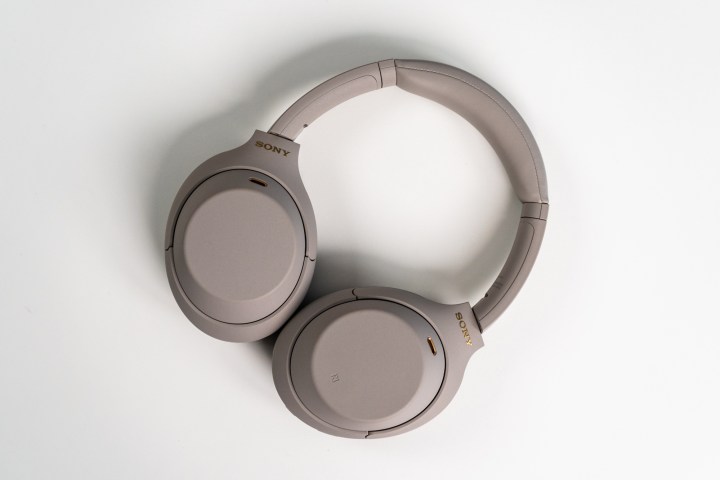I spend hundreds of hours on airplanes annually and am incredibly fortunate to have visited five continents, 40 countries, and almost 100 cities over the past 10 years. However, even as a seasoned traveler, I use a few things — both physical and digital — that transform my flying experience.
Although I’ve spent many years flying business class, especially after having health problems a few years ago, I now spend more time flying in economy. The experience is undoubtedly different, but many ways exist to elevate your experience and make it just a little bit better.
From the app that will transform your travel experience to four key accessories that everyone should travel with, these five things are permanent fixtures in my travel bag.
Flighty, the best travel app you’ll ever use

Have you ever wondered when your next flight was? Had to search your inbox for multiple emails to confirm exactly when your flight lands, your booking reference, and even confirm when you can check in for your flight? What about delays, cancellations, and connections? If you said yes to any of those, look no further. If you fly more than four times per year — domestic or internationally — this is the only app you need.
I can’t live without the Flighty app. As the name suggests, it’s your friendly personal assistant dedicated to all things flying. It is only available on the iPhone, but it’s the perfect way to track your flying habits, both past and present. It syncs seamlessly with your calendar — and can even pull from TripIt Pro if you use that service already — and it displays all your flights in the app, on a home-screen widget, and even with live activities (in the hours before, during, and after a flight).

It’s more than just a flight tracker, however. Flighty has proven extremely reliable at telling me gate changes and which claim belt my bags will arrive at. The developer is constantly rolling out new features, and the latest addition is an incredible suite of features to track your flight connections.
My favorite features are the more geeky information that will appeal to any avid flyer; in particular, there’s information on your history on a specific route, tracking of your total miles in the air for several years, details about the exact plane you’re flying on, and tracking of your plane’s previous flights so you can account for any potential delays.

Flighty brings airlines and pilot-level data to your phone and ensures that anyone has access to timely, reliable, and up-to-date information. No more missed flights or leaving the lounge too early; instead, let Flighty track your flights so you can sit back, relax, and watch a movie on a plane.
Flighty is available as a free download for the iPhone, with an optional Flighty Pro subscription that’s available in three tiers: $4/week, $48/year, or $249 for a lifetime purchase.
Download FlightyTwelve South’s headphone adapter

You’ll likely want to use your headphones to enjoy movies on a plane’s entertainment system. We all know that most airlines provide below-average headphones — especially in economy — and while some airlines have now added the ability to connect your headphones to the screen via Bluetooth, this is usually limited to premium cabins.
Enter a suite of products from Twelve South. I love this company. The co-founder once told me they are Apple-lovers making products they want and need themselves. While many of Twelve South’s products are limited to only the iPhone, the AirFly range works with any smartphone and is the best way to connect your headphones to in-flight entertainment.
There are two models you’ll likely find in most airport shops: the Twelve South AirFly Duo and AirFly Pro. Plug either into a 3.5mm headphone jack at your seat and put your headphones into pairing mode. Just like that, the AirFly will connect automatically. Both allow you to share the audio with two headphones at the same time — so you can listen to the same thing as the person next to you — but the AirFly Pro also has an Rx feature, making it ideal for older car stereos with a 3.5mm headphone jack but no Bluetooth feature.
Regardless, at $45 for the Duo (and $10 more for the Pro), this is a no-brainer for anyone who flies and is the perfect holiday gift.
My favorite pair of travel headphones

Ask a friend what headphones you should buy, and you’ll probably get a myriad of answers. Most will suggest AirPods — simply because they’re so easy to use — while a whole range of other people will give you a range of decidedly non-Apple answers.
Forget all of those: I’ve tested hundreds of headphones on planes, and for convenience, noise cancellation, and sound, my favorite is the Sony WH-1000XM4. If you’re an audiophile, you’ll have heard of these before and probably also heard that the WH-1000XM5 also exists. However, the XM4s — released almost two years earlier — have a crucial benefit: portability.
Unlike the AirPods Max, several Bose headphones, and even the newer 1000XM5, the WH-1000XM4 fold up small enough to fit in a pocket. They also come with a carrying case, a 3.5mm audio cable, and a two-prong adapter to fit some airline headphone jacks (but you don’t need this if you also have the AirFly).
The noise cancellation is outstanding, the battery life is phenomenal, and overall, these are still my favorite headphones. I rely on them so much that I bought a second pair on sale — and they’re frequently discounted significantly from the $349 regular price — because I had misplaced the original pair.
The one charger every Apple user should buy

If you’re like me and carry multiple devices when you travel, the switch to make USB-C the universal charger for all devices was a blessing in disguise. However, the one thing it doesn’t solve is charging your smartwatch, and I can’t even remember how many times I’ve traveled, only to realize I didn’t have my Apple Watch charger with me.
I’ve waited for someone to solve this for years, and Nomad just made the perfect solution. It launched just three months ago, and it’s now a permanent fixture in my hand luggage, so I know I always have it with me. It comes with two USB-C ports that offer up to 65W total output, and on top is an Apple Watch charger capable of fast charging the Apple Watch Series 10. There’s nothing else it needs, and unlike most chargers, it even works in those tedious universal chargers on airplanes.
An Apple TV 4K — seriously

This was meant to be a four-item list, but as I sit here in Bali after the launch of the Oppo Find X8 Pro, I realized that I also always travel with my Apple TV 4K. This might sound a little strange, but my suitcase always has my Apple TV, a power cable, its remote, and, of course, an HDMI cable.
Why, you may ask? The answer is simple: It’s by far the easiest way to ensure I always have access to my entire movie collection on the go, and if I’m traveling domestically, it also means I can use my YouTube TV subscription on the go. However, there’s one other reason I picked the Apple TV over other streaming hardware: It takes just seconds to connect it to a new Wi-Fi network, and unlike other hardware, even if the hotel Wi-Fi requires you to log in via a separate page, the Apple TV makes it effortless to do so from your iPhone or iPad.
If you’re traveling and don’t plan to spend time in the hotel, it may be less necessary to carry it with you, but if you often find yourself renting movies on a hotel TV, why not just take your Apple TV with you? Yes, many hotels now have streaming services like YouTube or Netflix built in, but my philosophy is, why risk it, especially when the Apple TV is small and light enough to be a permanent fixture in my bag?



